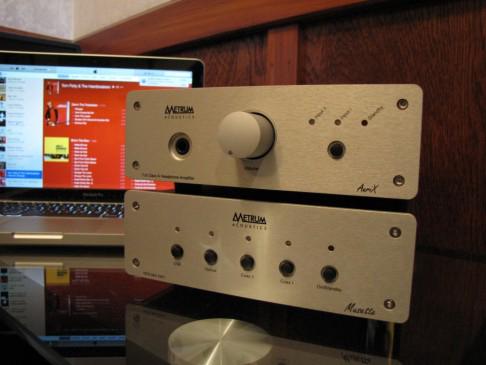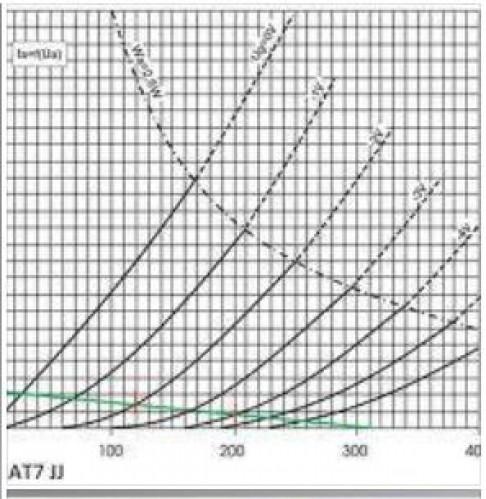Aurix Headphone (TVC) Transformer Volume Control
Product Information

AURIX TVC
Aurix does respond to Cable improvement. System dependent of course. Recommendations : Carbon van den Hul RCA (Dac to Amp only) and Silver I/C’s whether BNC, AES (Digital) or RCA Analog. Caution : Always Power off componentry before removing/installing Cables. Transformer volume control for neutral and transparent sound ... don't hinder your Headphones.
A Killer System - Pavane Level II + Aurix + Nighthawks
To evaluate their Dacs over the years, Metrum used their own Amplification designs. Aurix follows the philosophy of Mr. R's own design Passive Preamp - that was used in their listening appraisals for Dac development. Aurix has proved to be a good match with designs from Audioquest, Sennheiser, Beyerdynamic, Grado, Audeze, AKG and many others. It goes without saying a great match also for any Metrum Digital Hub.
Audioquest Headphones have found favour with Audiostream's Michael Lavorgna, John Darko and I believe STS Digital - Imo an excellent match too.
For some user comments on both → "Metrum's Dacs + some Aurix Faithful"
Metrum :
After receiving many requests to develop a headphone amplifier, we decided to design something special. We felt it should also be complementary to Octave MKII.
The result is Aurix. Not a common design but a real improvement on existing principles. Rather than using transistors or tubes for amplification, a special step-up transformer is used. Said solution solves many problems found in regular low gain amplifier designs. This approach provides a very transparent sound image.
Only two FET transistors sit in the signal path. They are used as impedance converters (source followers - not amplification). A FET transistor can do an extremely good job in this area. It delivers very high bandwidth, whilst providing low noise and distortion.
The first FET is used as an impedance converter to drive the step-up transformer. The second FET is used to drive the headphone. The circuits are run in full "Class A", so relatively large heat sinks are required to transfer generated heat .
Special attention has been paid to protect your headphones, against subsonics, offsets, pops and clicks. Protection is paramount when using expensive headphones and 60% of the PCB is dedicated to this.
Cees Ruijtenberg
Aurix :
Class A, Zero Feedback, Transformer Volume Control
Original Price : $1650 Sold out
2 Year Warranty.
General Information :
‘The magnetic amplifier was invented early in the 20th century, and was used as an alternative to vacuum tube amplifiers where robustness and high current capacity were required. The magnetic amplifier was most prominent in power control and low-frequency signal applications … now largely superseded by the transistor-based amplifier, except in a few safety critical, high-reliability or extremely demanding applications’. Wiki
In principle Aurix is similar to the moving coil cartridge concept - requiring a Step-Up Device to line level.
The perfect Preamp (or the amplifier) should add nothing to signal source - and logically, nothing else should either.
‘A TVC or passive magnetic Preamp is the best of all suppressors of noise and passers-along of music’’. Stereophile re Music First Passive-Baby-Reference Preamp and Active/Passive designs. "Not a Preamp"
Class-A : Is simple in design compared to other classes (AB/B). They require two connected devices in the circuit, each to handle one half of the waveform. Class A designs can use a single device (single-ended).
The amplifying element is biased so the device is always conducting, the quiescent (small-signal) collector current (for transistors; drain current for Fets or anode/plate current for vacuum tubes) is close to the most linear portion of its transconductance curve.
Because the device is never 'off' there is no "turn on" time, no problems with charge storage, and generally better high frequency performance and feedback loop stability (and usually fewer high-order harmonics)’. Wiki
Zero feedback : The benefits of zero feedback in contrast "… conventional amplifiers impose a significant "graying" of dynamic expression, a falsification of timbre, a shift of truly natural tonality, and a smearing of temporal definition. There may also be an associated loss of rhythm, a blurring of the delicate nuances of the leading edges of natural sounds". HiFiCritic’s author, writing for Stereophile 1998 re Conrad Johnson Amplification. “Amp Art”
Earlier comment from 1975 : "The truth lies in the listening result. The sound is excellent. However, that global superlative encompasses something special, which I have come to understand as the sound of zero negative feedback". "A Future Without Feedback"
Simple design, Transformer control, Class A + Zero feedback all add up to excellent transparency, natural tonality, good dynamics and pure signal processing + gain.
Aurix is an excellent match for a wide variety of quality headphones.

STS Digital Systems use Aurix for recordings made on location. Several featured on the STS stand at the "Munich High End Show" – demonstrating their audiophile recording products.
After incorporating Hex to monitor their entire recording process, STS upgraded with the introduction of Pavane. Featured at the 2016 High End Show "Live performance v Pavane/Aurix STS recording"
For STS's philosophy on recording - refer below.
Headphones v Speakers :
Headphones remove the effects of room interference and the double exposure to each ear (of left and right speakers), compared to a main system. Overlooked mostly but boundary multiple order reflections and room modes can greatly affect what we hear. Some would argue the room is the biggest part/component in an audio system, affecting performance and what is finally heard.
6 Moons comment on the subtlety of music software differences - "The greater complexity of speaker-based systems with their added cables, crossovers and room interactions obscures or minimizes these differences. With good headphones and as simple a circuit as the Aurix, these difference become more pronounced. It might not make them easier to describe but it certainly makes them easier and more important to hear …"
There are also no time alignment issues.
It takes expensive compensation/correction equipment to try and overcome room associated issues.
Headphone listening avoids such issues and a complete High End H/P system can cost a lot less than a Room Processor.
Metrum's range of products are receptive to both source and cabling. An affinity with Silver cables has been found (at least here) - refer Pavane. Aurix is also capable of revealing subtle differences in music software due to its transparent nature, as mentioned by 6 Moons.
The US DJ Society (amongst others) has a view regarding Silver cables :
"Technicalities aside for the moment, properly designed Silver audio cables are found supremely pleasing for their lush, vivid, and above all, natural presentation. Pure Silver wiring harnesses and even transformers are the choice of many cost no object amplifiers and loudspeakers".
"Why Silver Instead of Copper "
Reviews :
Kim Olsen in Denmark echoes my own findings and listening experience with Headphones tried from Audioquest, Beyer, Sennheiser, AKG, Grado, Oppo, Audio Technica and others. He also alludes to the attributes that STS find useful in the recording process.
"... The recording space as well. And the bass lines are allowed to be physically underlying components but still an integral part of the music. Its resolution and detail is revealed in totality, truly dynamic with good micro dynamic reproduction".
Approx English translation from Danish .... "NERDS.DK"
Srajan Ebaen in Switzerland provides detailed Technical Information and finds :
"But like the non-oversampling Octave with on-chip I/V conversion and no conventional output stage but a very solid power supply, Aurix demonstrates how proper engineering guided by clearly good ears can cut right through the crap and deliver advanced sonics with minimal fuss.
Here it simply means starting with the best source you can muster, then 'direct-coupling' to it this properly buffered volume control … "6 Moons"
Andy Baker from New Zealand concludes his Metrum series with a review of the Aurix headphone amplifier. Despite stating - "You couldn’t make me enjoy The Eagles’ Greatest Hits even if you strapped a bucket of angry rats to my bum" - he’s smitten with this little amp.
"During my extended time with the Aurix I found it to be not only extremely transparent but also quite neutral and what this means in my view is that headphone preference is going to be critical …. Even more importantly, the source itself is going to have the biggest impact on the overall sound so whether you prefer a warmer, brighter, more neutral sound, it is going to depend on the sonic signature of your CD player, DAC or analogue set up.
The Aurix is a splendid little headphone amp with no frills and no nonsense, just a candid approach to delivering richly textured and highly involving music to your lucky little ears". "Witchdoctor"

STS are one of Europe's leading audiophile recording and music production studios, featuring CD, SACD and Vinyl. They also provide several component manufacturers, such as Marantz, with hi fidelity samplers. Refer Pavane - Fritz de With from STS-Digital - "5 keypoints and disciplines in master recordings I always look for".
When Aurix was first auditioned by their engineers, they commented on the very open and realistic sound produced – when compared to their own professional monitoring system. The absence of digital filtering also found favour, with source information, direct from the recording console.
Aurix is now their standard for recordings made on location – where the use of loudspeakers are not possible and for demonstration of their products, outside of studio.
STS engineers also auditioned Hex. They were so impressed, Hex became their standard, for monitoring the entire recording process. Hex and Aurix as source, can put you in that Professional arena. The arrival of Pavane has improved on even Hex performance and became their new Reference.
Aurix is very revealing and responds to a high quality source, such as the Octave design – which it has been designed to match. Using equipment employed during the actual recording process, takes you a step closer, to the original recording itself.






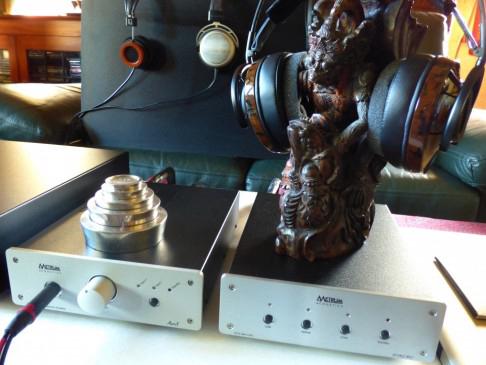 Whilst Pavane - Aurix - Nighthawk Headphones (as used by STS Digital) might be desirable ... a more budget friendly system might include Octave II and Aurix. Especially as the Nighthawks are currently on Special at only $399 !
Whilst Pavane - Aurix - Nighthawk Headphones (as used by STS Digital) might be desirable ... a more budget friendly system might include Octave II and Aurix. Especially as the Nighthawks are currently on Special at only $399 !

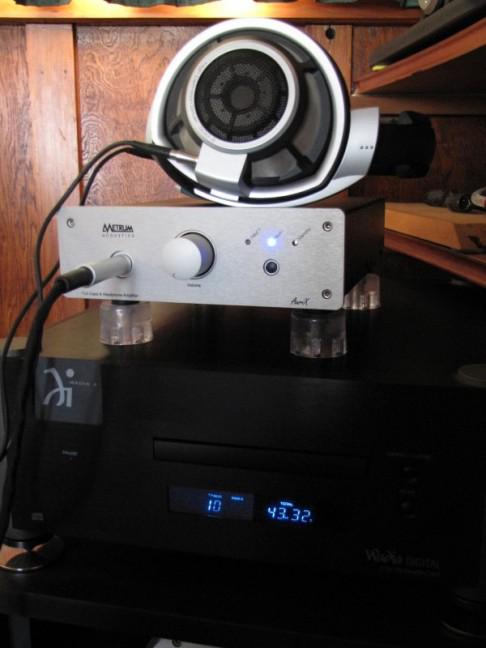

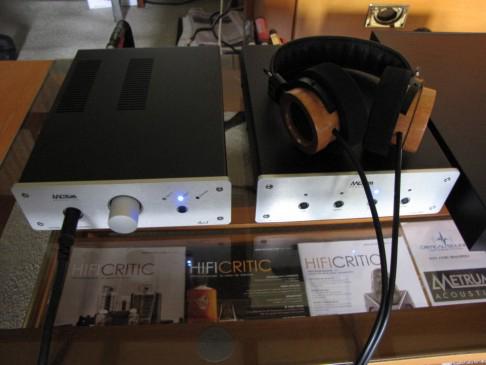
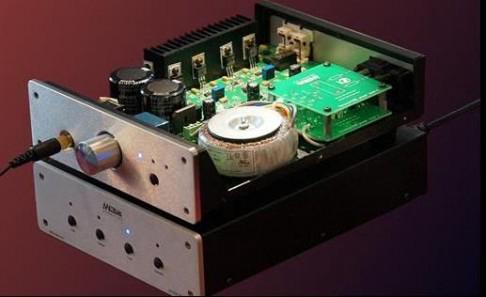 Prototype Aurix demonstrated at the X-Fi Show. Only one heatsink at this stage of development - two eventually being used in the final design.
Prototype Aurix demonstrated at the X-Fi Show. Only one heatsink at this stage of development - two eventually being used in the final design.
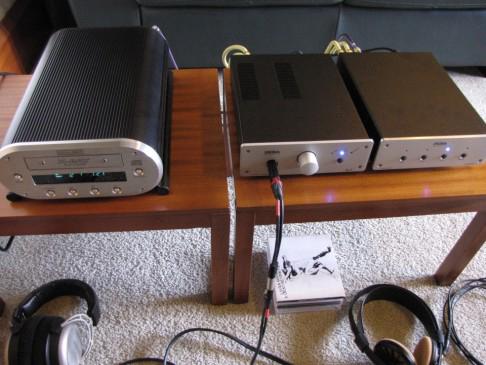
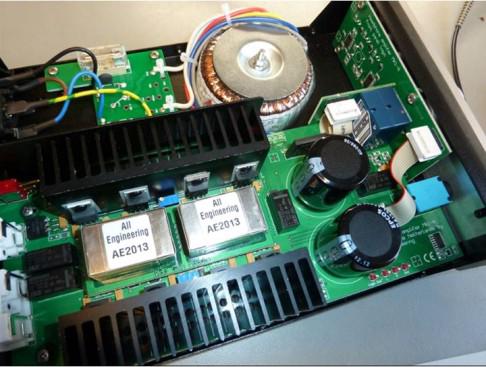 2 Heatsinks - Class A generates heat.
2 Heatsinks - Class A generates heat.
 Rear connections and gain switch.
Rear connections and gain switch.

 Aurix and Octave II - made for each other.
Aurix and Octave II - made for each other.
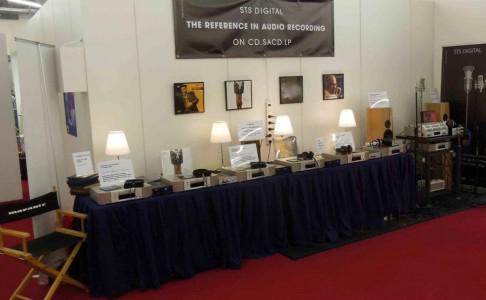 6 Aurix on the STS Digital stand - at Munich 'High End' Show - demonstrating their audiophile recording products. On display this year too - Featuring Pavane as their new Digital Standard.
6 Aurix on the STS Digital stand - at Munich 'High End' Show - demonstrating their audiophile recording products. On display this year too - Featuring Pavane as their new Digital Standard.
 Live performance v Pavane/Aurix and STS Digital recording.
Live performance v Pavane/Aurix and STS Digital recording.
